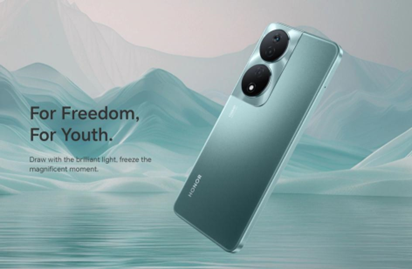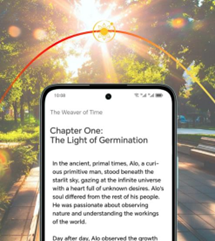As office workers, we spend the majority of
their day staring at screens. This constant exposure to digital devices can
lead to significant visual fatigue. Symptoms such as dry eyes, headaches, and
blurred vision are becoming increasingly common among those who work long hours
in front of a computer. Understanding how to mitigate these effects is crucial
for maintaining both productivity and overall well-being.

Practical Tips
to Keep Your Eyes Healthy and Comfortable
Visual fatigue, also known as digital eye
strain, affects millions of people worldwide. It is caused by prolonged screen
time, poor lighting, and improper workstation setups. However, with the right
strategies, it is possible to reduce these symptoms significantly. Implementing
a few simple changes can make a big difference in how our eyes feel and
function throughout the day.
1. Follow the
20-20-20 Rule
One of the simplest and most effective
methods to reduce visual fatigue is to follow the 20-20-20 rule. This rule
suggests that every 20 minutes, you should take a 20-second break and look at
something 20 feet away. This practice helps to relax the eye muscles and reduce
strain. Setting reminders on your phone or computer can help you to remember to
take these regular breaks.
2. Optimize
Your Workspace Lighting
Proper lighting is essential to minimize
eye strain. Avoid working in dimly lit environments or with excessively bright
lights. Adjust your room lighting to create a balance that reduces glare on
your screen. Position your computer screen to avoid reflections from windows or
overhead lights. Consider using desk lamps with adjustable brightness to
provide adequate lighting without causing glare.
3. Use HONOR 90
Smart for Eye-Friendly Screen Time
The HONOR 90 Smart
smartphone offers features specifically designed to reduce visual fatigue. With
its "Clear in Sunlight" capability, boasting an 850 nits peak
brightness, the screen remains clear even in strong outdoor light. This feature
allows you to easily see the navigation route, reply to messages, and stream
videos without straining your eyes. Additionally, the device's "Eye
Protection in Dim Light" feature reduces brightness to a minimum of 2
nits. The dark mode, eye protection mode, and Circadian Night Display collectively
provide comprehensive eye care, making it easier to use your phone comfortably
indoors.

4. Adjust Your
Screen Settings
Modifying the settings on your devices can
also help reduce eye strain. Increase the text size and adjust the contrast to
make reading easier. Ensure that your screen's brightness is similar to the
lighting in your room. Many devices also have blue light filters, which can
reduce the amount of blue light emitted by the screen, helping to prevent
digital eye strain. Using these settings, especially during the evening, can
make a significant difference in your visual comfort.
5. Practice
Good Ergonomics
Maintaining good posture and ergonomics at
your workstation is crucial for reducing visual fatigue. Position your computer
screen at eye level and about an arm's length away. Sit in a chair that
supports your lower back and keep your feet flat on the floor. Use a document
holder to keep reference materials at the same height as your screen to
minimize head and eye movements. These adjustments can help prevent not only
eye strain but also neck and back pain.
Conclusion
Reducing visual fatigue is essential for
the health and productivity of office workers. By implementing simple
strategies such as the 20-20-20 rule, optimizing workspace lighting, using
eye-friendly devices like the HONOR 90 Smart, adjusting screen settings, and
practicing good ergonomics, you can significantly reduce the strain on your
eyes. These changes not only improve your comfort but also enhance your overall
work performance. Taking care of your eyes is a vital part of maintaining your
well-being in a screen-dominated world.
